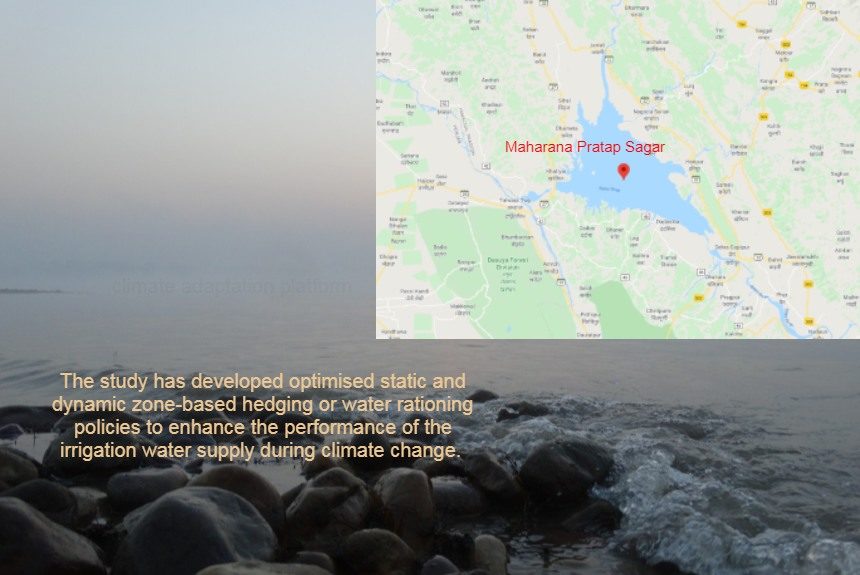A study by Adebayo J. Adeloye and Quan V. Dau investigated the adaptive capacity of static and dynamic hedging in India’s Pong water reservoir to support its performance during climate change.
Water reservoirs are major components of the water supply system using river resources. Its purpose is to store excess water to meet domestic, industrial and agriculture needs.
Analyst base their planning on historical runoff data to operate reservoirs such as how much water to retain and how much to release. The problem arises when there is radical runoff shifts or changes.
Climate change is projected to reduce water inflows and variability and increase the reservoir’s vulnerability. These anticipated changes due to climate change have pushed researchers to develop effective mitigation and adaptation strategies.
Rule curves are used by water reservoirs operators to guide them on the quantity of water to release based on the availability of water at the beginning of each month. Rule curves show target storage levels to be maintained in the reservoir to be able to meet demands.
Rule curves are easy to deploy but are subject to vulnerability due to large single period shortages which may be exacerbated by climate change. Some studies show vulnerability indices of 67% and 88% for both domestic and industrial water allocations.
To improve the effectiveness of rule curves in mitigating vulnerability, water rationing or hedging during normal operational periods is carried out.
This means that when there is sufficient water, a moderate cut back by about 25% through hedging will minimize the impact on water users.
The study has developed optimised static and dynamic zone-based hedging or water rationing policies to enhance the performance of the irrigation water supply during water shortage due to climate change causes.
Hedging policies were applied in the Pong reservoir in India for the study, then compared with its performance with a no-hedging policy to test the adaptive and mitigating capacity of water rationing climate-change induced water shortages.
Genetic algorithm is used to determine rationing ratio and target storage that leads to the monthly hedging.
Simulations show that without hedging reservoir performance deteriorated with climate change-induced dry days and low-water flows. Vulnerability increased by up to 60%.
With hedging implemented, specifically dynamic hedging, it significantly reduced the number of large single-period water shortages and results in reduced vulnerability and outperforms the static hedging policy.
Although this study is used in the Pong reservoir in India, it can be replicated in other water reservoirs in the world.
Read the entire study by CLICKING on the link below:
Citation:
Adeloye, A. & Dau, Q. (2019, 15 October). Hedging as an adaptive measure for climate change-induced water shortage at the Pong reservoir in the Indus Basin Beas River, India. Science of the Total Environment, Volume 687, P554-566. Retrieved from https://www.sciencedirect.com/science/article/pii/S0048969719325756



Leave a Reply